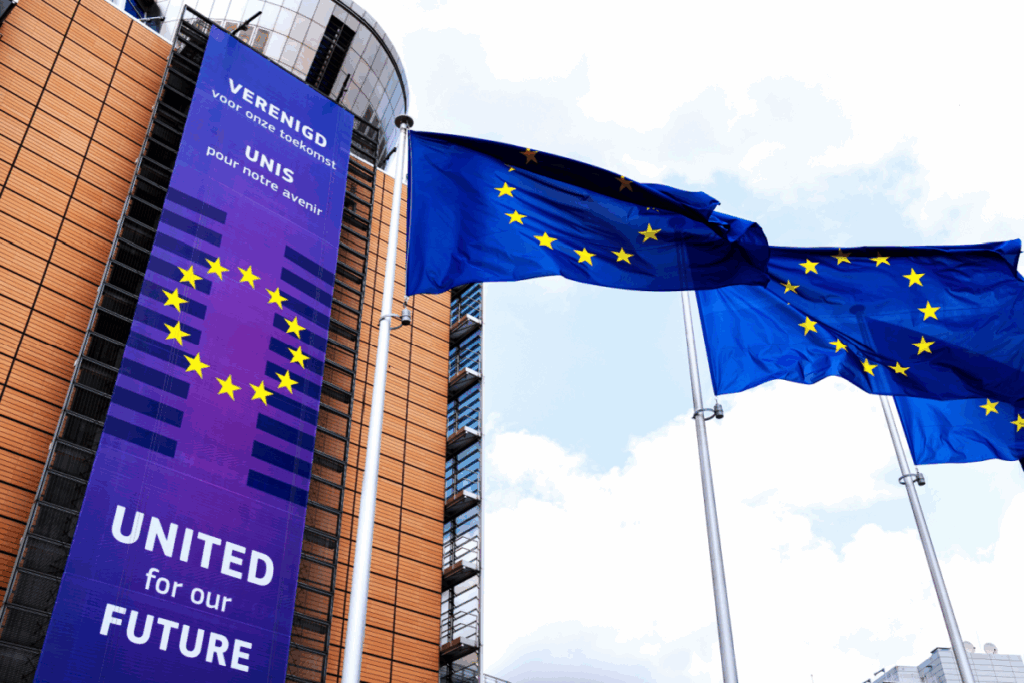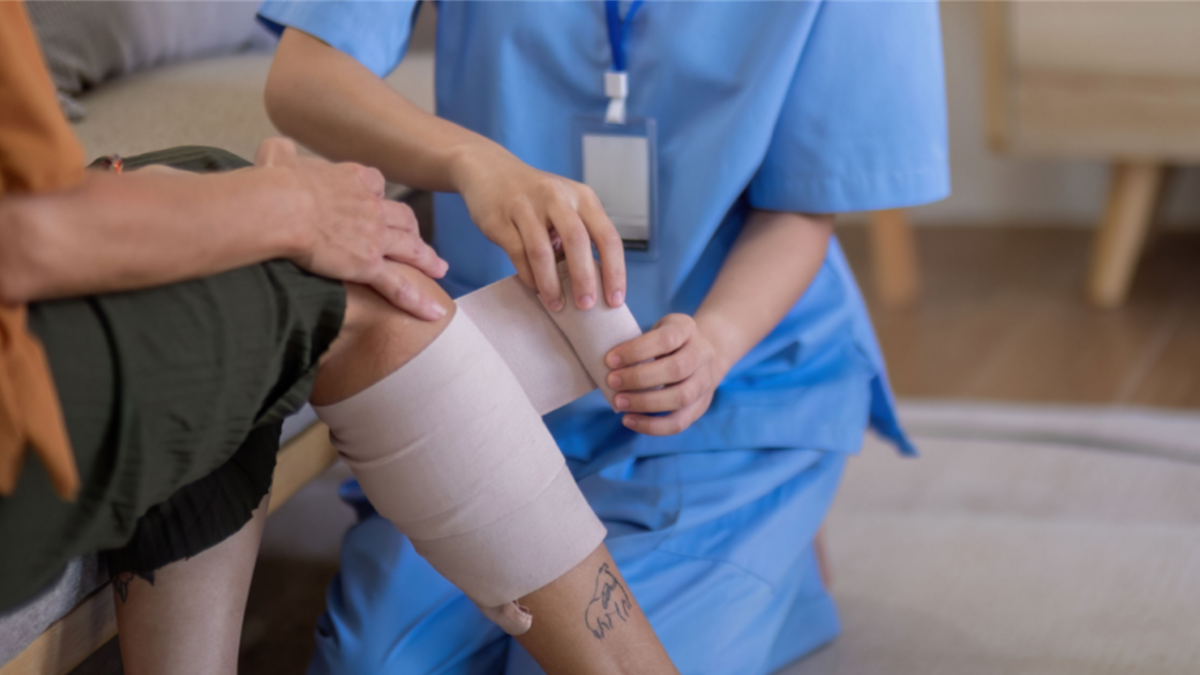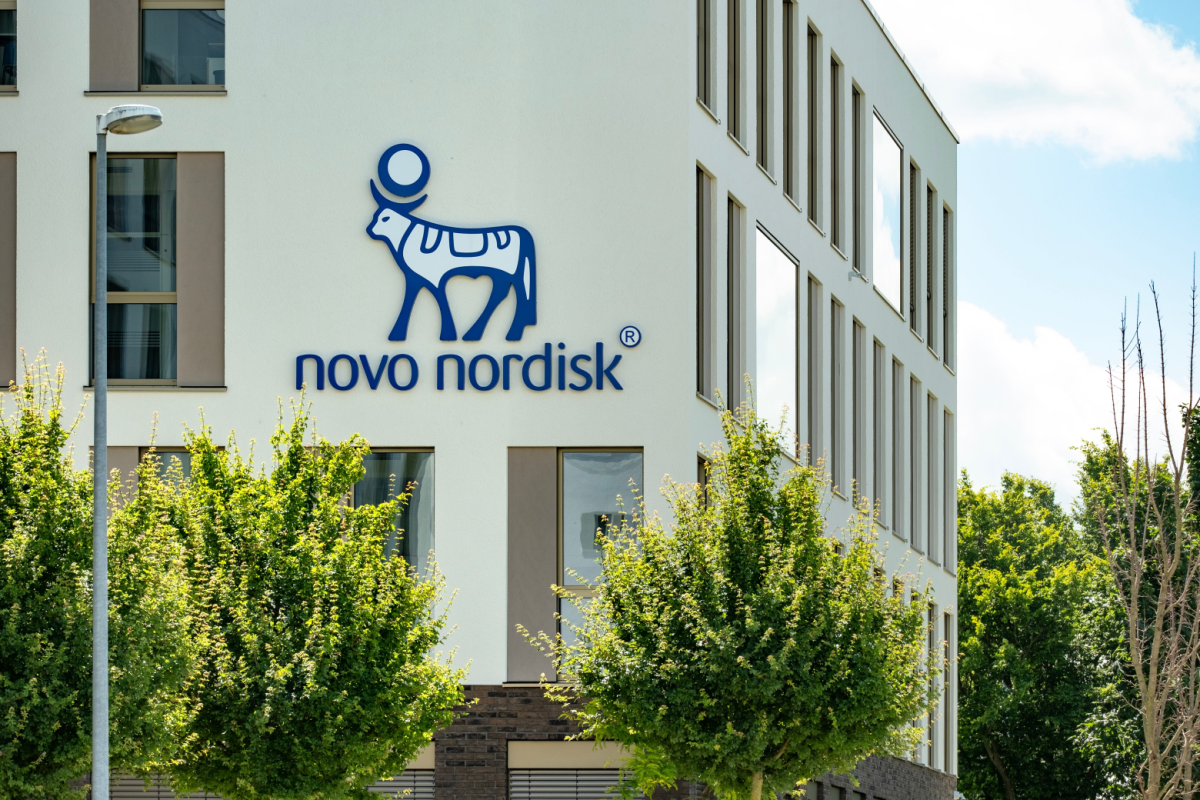The European Commission has launched an approximately $11.6 billion (€10 billion) per-year roadmap to make Europe the most attractive place for life sciences by 2030. This strategy aims to narrow the innovation gap with the US and China by increasing research funding, speeding up regulations and ensuring that scientific breakthroughs reach the market more effectively.
A High-Level Vision for Europe
Life sciences are already central to Europe’s economy, employing nearly 29 million people and contributing ~$1.75 trillion (€1.5 trillion) in value — 13.6% of European Union (EU) employment. The sector has grown steadily at 4% to 7% each year, making it one of the bloc’s strongest engines of competitiveness.
The roadmap applies across all 27 member states, spanning healthcare, biotech, medical technologies, agriculture and the wider bioeconomy.
Its ambitions are global — designed to attract talent, trade and investment while aiming to position the EU more strongly against competitors such as the US and China.
Current Market Landscape
Europe has clear strengths: world-class research institutions, biotech clusters linking universities and hospitals and high productivity in biotech, where employment has been growing six times faster than the wider economy. Business R&D investment nearly doubled between 2012 and 2022.
But challenges are evident. Europe excels in discovery but has typically struggled to scale innovations. It ranks behind the US and China in clinical trial activity, advanced therapy medicinal products (ATMPs) and venture capital funding — creating an innovation-to-market gap the strategy is designed to address.
Among clinical trials across European countries, however, Spain (3,451 trials) and France (3,312 trials) are currently the most active, still competitive on a global scale.
Challenges Ahead
Fragmented research systems and complex regulations slow progress. Clinical trial approvals can take longer in Europe than in the US, which can discourage investment. Market share in cutting-edge areas like ATMPs has slipped, and access to private capital remains limited.
These barriers pose risks not only to the EU’s competitiveness but also to its ability to secure access to next-generation medicines, medical devices and biomanufacturing capacity.
What the Strategy Proposes
The roadmap is organized around three areas: research, market access and uptake.
- Research and Innovation: An EU network of ATMP Centres of Excellence, new funding for multi-country trials, ~$116.4 million (€100 million) for microbiome-based One Health solutions, and ~$58 million (€50 million) for generative AI in biomedical research. AI “gigafactories” are also planned to train next-generation models.
- Market Access: Shorter authorization timelines, harmonized ethics approval for cross-border trials and make regulatory pathways more innovation-friendly through tools like regulatory sandboxes, which are test environments for new technologies before approval. Virtual human twins and non-animal testing are being promoted to accelerate development.
- Uptake and Trust: Countering disinformation, supporting research careers and creating new mobility programs to attract international talent.
Immediate and Next Steps
The European Commission will draw funding from existing EU programs such as Horizon Europe, EU4Health and Erasmus+. Complementary policies are also planned, such as a Biotech Act, a new Bioeconomy Strategy and a Critical Medicines Act.
These efforts come on top of earlier initiatives: Horizon Europe’s cross-border health research, the EU4Health program launched after COVID-19 and national strategies such as France’s ~$8.7 billion (€7.5 billion) healthcare innovation plan and Belgium’s investments in cell and gene therapy hubs.
A new Life Sciences Coordination Group will oversee alignment across member states, using benchmarks such as R&D spending, employment and trial activity.
Looking Ahead
By linking health, sustainability and economic growth under one strategy, the EU hopes to establish itself as a global leader in life sciences by 2030.
Innovative tools like advanced fermentation for sustainable food and circular biocarbon projects that convert municipal waste into bio-polymers demonstrate how life sciences could transform industries beyond healthcare.
Mixed Reception
While the European Commission’s roadmap has been broadly welcomed for its ambition, questions remain. Some worry that reforms may not progress quickly enough to influence business decisions in the near term.
Others point to the funding gap. In 2024, US venture capitalists invested about ~$244 billion (€210 billion) in over 15,000 deals, while Europe saw only ~$66 billion (€57 billion) across fewer than 10,000 deals. More starkly, the EU accounts for only 5% of global venture capital, while the US and China command 52% and 40%,respectively. For biotech and other deep-science startups, this disparity remains a major hurdle.
There are also concerns about implementation. Success will depend on cooperation across 27 member states with different healthcare and regulatory systems.
Talent attraction is another challenge, as the EU competes with higher salaries and more flexible pathways in the US and Asia.
For now, the roadmap signals bold intent. Its impact will hinge on how quickly initiatives translate into real-world results.
If you want your company to be featured on Xtalks.com, please email [email protected].












Join or login to leave a comment
JOIN LOGIN